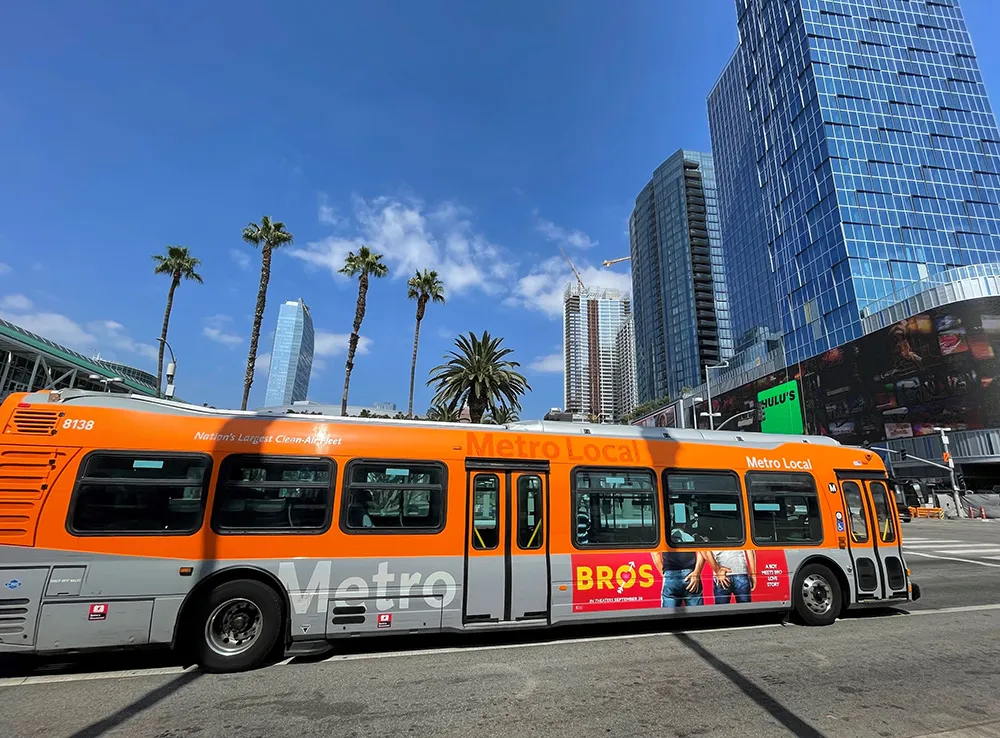
Following the largest six-month increase in traffic fatalities ever recorded, the United States Department of Transportation (USDoT) has announced the release of its first-ever National Roadway Safety Strategy.
The National Highway Traffic Safety Administration (NHTSA) estimates that 20,160 people died in motor vehicle crashes in the first half of 2021; the number represents an increase of 18.4% over 2020 – and is the largest number of projected fatalities within a single half-year since 2006.
A tandem driver-behaviour study also just released by the NHTSA finds that from March 2020 through June 2021, incidents of speeding were higher than pre-pandemic levels.
The new USDoT initiative will identify actions to take to promote safer people, roads, vehicles and speeds, as well as post-crash care.
Analyse speeding with smart mobility
Iteris’ ClearGuide smart mobility software helps agencies make the best traffic operations and planning decisions by analysing large amounts of complex transportation data to identify and visualise problem areas before traffic congestion worsens.
Now, ClearGuide offers a new Speeding Analytics module that can help US agencies deliver on the federal government’s new roadway safety initiative.
The Speeding Analytics module helps agencies proactively identify and rank regional speeding hotspots before crashes occur. The module’s speeding map lets users identify and rank speeding hotspots on the roadways that are relevant to them. Users can customise the map to pull data from different time ranges, and can filter by days of the week, times of the day and roadway types.
Use maps to establish thresholds
The maps provide different layers for different insights into speeding problems. The main view shows the percentage of vehicles over the speed limit by a user-customisable threshold (for example, over 10 mph) to identify locations with significant speeding behavior.

Move past subjective assessments
The speed summary for links and corridors includes data for every fifth percentile; the maximum and minimum speeds for each sample set; and ordinary free-flow speed, which can be more valuable than simply comparing motorists’ speeds against the posted speed limit.
Other layers include the standard deviation of speeds, to identify roadway locations where speed variability may cause safety issues; and speed limit, for quickly visualising the posted speed limit on the roadway and correlating with speeding behavior.
Avoid guesswork
The new module was designed for state, county and city DoTs and metropolitan planning organisations, and uses high-resolution GPS probe data to visualise and quantify speeding problems across the roadway network. The module solves the problem of limited, static and outdated speeding data collected with radar. It eliminates any reliance on anecdotal reports of “fast driving.” It can also complement crash software systems through the data export feature.
The module can help agencies deploy before-and-after studies. For detailed route analysis, the module provides access to a variety of charts and graphics that let users drill into questions like: where and when is speeding happening on the route; is it getting worse or better over time; and are implemented countermeasures having the desired impact?

Aid law enforcement
In the US, speed enforcement is generally planned with only an anecdotal assessment of where speeding is happening. With this new ClearGuide module, agencies can share access to continuously collected data and robust analytics to help law enforcement quickly and proactively identify speeding hotspots before crashes accumulate. Heat maps paint a picture of not only where along routes speeding is most prevalent, but also what times of day and days of the week, so enforcement is focused when it would be most effective. Maps comparing data changes over time can also provide law enforcement tangible means to better measure the effectiveness of implemented countermeasures.

Learn more about the new approach ClearGuide Speeding Analytics takes to help US agencies realise their USDOT safety initiatives.
 ABOUT THE AUTHOR
ABOUT THE AUTHOR
Jeff Venables is marketing manager, smart mobility applications at Iteris
Sponsored content produced in association with Iteris










